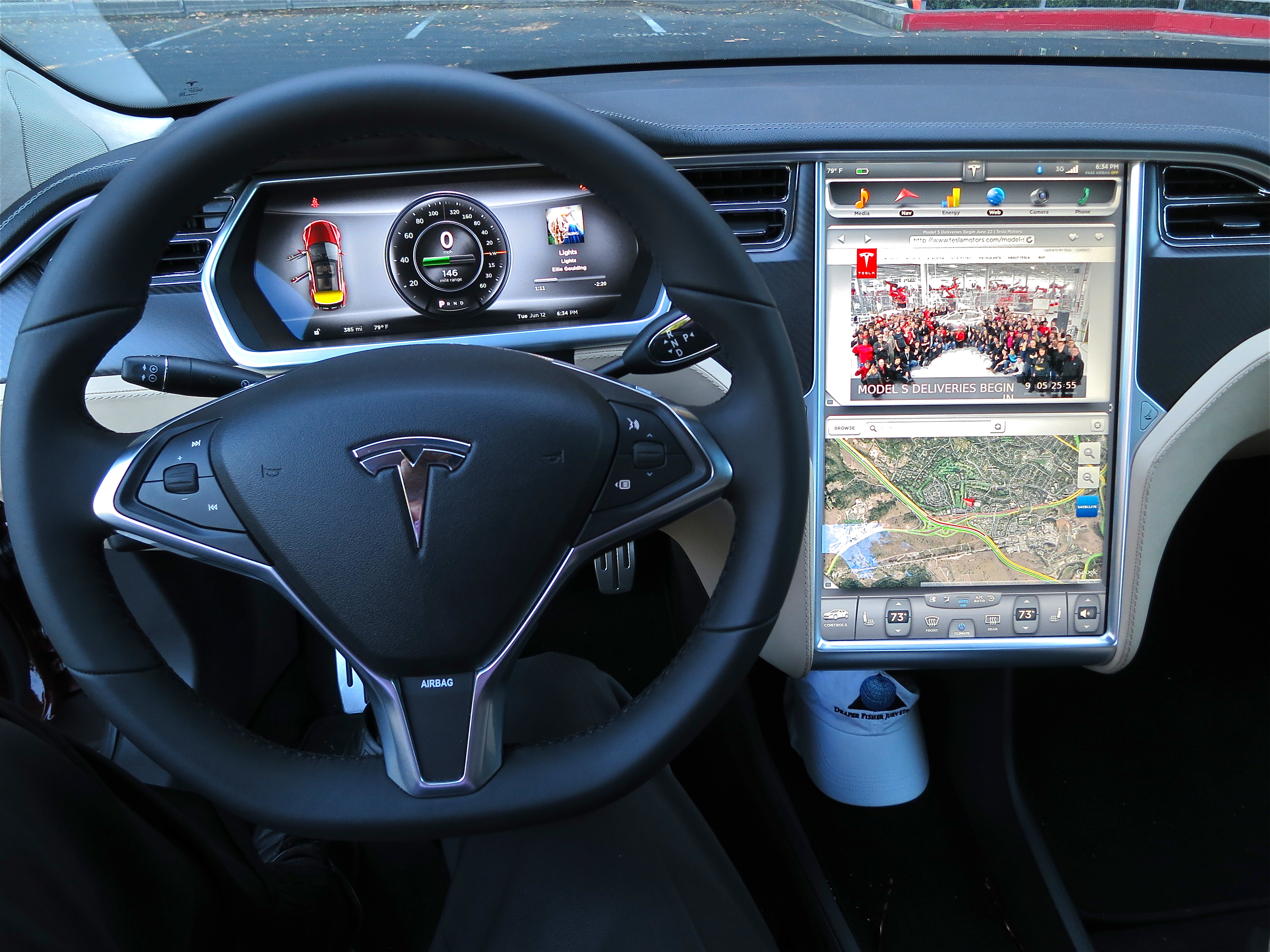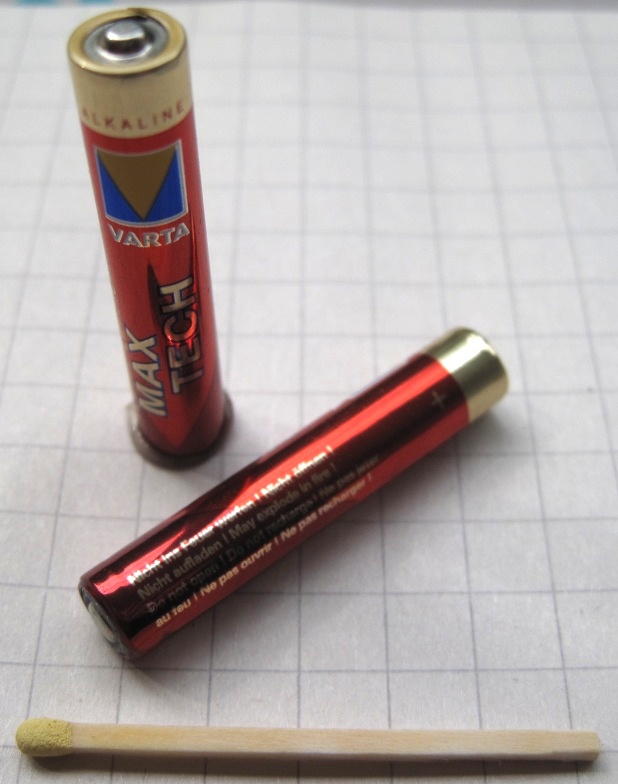|
Ampere-hour
An ampere-hour or amp-hour (symbol: A⋅h or A h; often simplified as Ah) is a unit of electric charge, having dimensions of electric current multiplied by time, equal to the charge transferred by a steady current of one ampere flowing for one hour (3,600 seconds), thus equal to 3600 A⋅s or Coulomb. The commonly seen milliampere-hour (symbol: mA⋅h, mA h, often simplified as mAh) is one-thousandth of an ampere-hour (3.6 coulombs). Use The ampere-hour is frequently used in measurements of electrochemical systems such as electroplating and for battery capacity where the commonly known nominal voltage is understood. A ''milliampere second'' (mA⋅s) is a unit of measurement used in X-ray imaging, diagnostic imaging, and radiation therapy. It is equivalent to a ''millicoulomb''. This quantity is proportional to the total X-ray energy produced by a given X-ray tube operated at a particular voltage. The same total dose can be delivered in different time periods ... [...More Info...] [...Related Items...] OR: [Wikipedia] [Google] [Baidu] |
Electric Charge
Electric charge (symbol ''q'', sometimes ''Q'') is a physical property of matter that causes it to experience a force when placed in an electromagnetic field. Electric charge can be ''positive'' or ''negative''. Like charges repel each other and unlike charges attract each other. An object with no net charge is referred to as neutral particle, electrically neutral. Early knowledge of how charged substances interact is now called classical electrodynamics, and is still accurate for problems that do not require consideration of quantum mechanics, quantum effects. In an isolated system, the total charge stays the same - the amount of positive charge minus the amount of negative charge does not change over time. Electric charge is carried by subatomic particles. In ordinary matter, negative charge is carried by electrons, and positive charge is carried by the protons in the atomic nucleus, nuclei of atoms. If there are more electrons than protons in a piece of matter, it will have a ... [...More Info...] [...Related Items...] OR: [Wikipedia] [Google] [Baidu] |
Dry Cell
An electric battery is a source of electric power consisting of one or more electrochemical cells with external connections for powering electrical devices. When a battery is supplying power, its positive terminal is the cathode and its negative terminal is the anode. The terminal marked negative is the source of electrons. When a battery is connected to an external electric load, those negatively charged electrons flow through the circuit and reach the positive terminal, thus causing a redox reaction by attracting positively charged ions, or cations. Thus, higher energy reactants are converted to lower energy products, and the free-energy difference is delivered to the external circuit as electrical energy. Historically the term "battery" specifically referred to a device composed of multiple cells; however, the usage has evolved to include devices composed of a single cell. Primary (single-use or "disposable") batteries are used once and discarded, as the electrode m ... [...More Info...] [...Related Items...] OR: [Wikipedia] [Google] [Baidu] |
Battery Capacity
An electric battery is a source of electric power consisting of one or more electrochemical cells with external connections for powering electrical devices. When a battery is supplying power, its positive terminal is the cathode and its negative terminal is the anode. The terminal marked negative is the source of electrons. When a battery is connected to an external electric load, those negatively charged electrons flow through the circuit and reach the positive terminal, thus causing a redox reaction by attracting positively charged ions, or cations. Thus, higher energy reactants are converted to lower energy products, and the free-energy difference is delivered to the external circuit as electrical energy. Historically the term "battery" specifically referred to a device composed of multiple cells; however, the usage has evolved to include devices composed of a single cell. Primary (single-use or "disposable") batteries are used once and discarded, as the electrode materia ... [...More Info...] [...Related Items...] OR: [Wikipedia] [Google] [Baidu] |
Units Of Energy
Energy is defined via work, so the SI unit of energy is the same as the unit of work – the joule (J), named in honour of James Prescott Joule and his experiments on the mechanical equivalent of heat. In slightly more fundamental terms, is equal to 1 newton metre and, in terms of SI base units :1\ \mathrm = 1\ \mathrm \left( \frac \right ) ^ 2 = 1\ \frac An energy unit that is used in atomic physics, particle physics, and high energy physics is the electronvolt (eV). One eV is equivalent to . In spectroscopy, the unit cm−1 ≈ is used to represent energy since energy is inversely proportional to wavelength from the equation E = h \nu = h c/\lambda . In discussions of energy production and consumption, the units barrel of oil equivalent and ton of oil equivalent are often used. British imperial / US customary units The British imperial units and U.S. customary units for both energy and work include the foot-pound force (1.3558 J), the British ... [...More Info...] [...Related Items...] OR: [Wikipedia] [Google] [Baidu] |
Aluminium
Aluminium (or aluminum in North American English) is a chemical element; it has chemical symbol, symbol Al and atomic number 13. It has a density lower than that of other common metals, about one-third that of steel. Aluminium has a great affinity towards oxygen, passivation (chemistry), forming a protective layer of aluminium oxide, oxide on the surface when exposed to air. It visually resembles silver, both in its color and in its great ability to reflect light. It is soft, magnetism, nonmagnetic, and ductility, ductile. It has one stable isotope, 27Al, which is highly abundant, making aluminium the abundance of the chemical elements, 12th-most abundant element in the universe. The radioactive decay, radioactivity of aluminium-26, 26Al leads to it being used in radiometric dating. Chemically, aluminium is a post-transition metal in the boron group; as is common for the group, aluminium forms compounds primarily in the +3 oxidation state. The aluminium cation Al3+ ... [...More Info...] [...Related Items...] OR: [Wikipedia] [Google] [Baidu] |
Tesla Model S
The Tesla Model S is a battery-electric, four-door full-size car produced by the American automaker Tesla since 2012. The automaker's second vehicle and longest-produced model, the Model S has both received mixed reviews from critics and also been described as one of the most influential electric cars in the industry. Its various accolades include the ''Motor Trend'' Car of the Year Award in 2013. Tesla started developing the Model S around 2007 under the codename WhiteStar. Initially, Henrik Fisker was appointed as the lead designer for the WhiteStar project; after a dispute with Elon Musk, Tesla's CEO, Fisker was replaced by Franz von Holzhausen. By 2008, von Holzhausen had designed what would become the production Model S's exterior. Tesla unveiled a prototype of the vehicle in March 2009 in Hawthorne, California. In 2010, Tesla acquired a facility in Fremont, California, to produce the Model S, which was previously owned by General Motors and Toyota. Series manufac ... [...More Info...] [...Related Items...] OR: [Wikipedia] [Google] [Baidu] |
BMW I3
The BMW i3 is an electric car that was manufactured by German marque BMW from 2013 to 2022. The i3 was BMW's first mass-produced zero-emissions vehicle, zero emissions vehicle and was launched as part of BMW's electric vehicle ''BMW i'' sub-brand. It is a B-segment, high-roof hatchback with an electric powertrain. It uses rear-wheel drive via a single-speed transmission and an underfloor Lithium-ion battery, lithium-ion battery pack with an optional Range extender, range-extending petrol engine. Styled by Richard Kim (car designer), Richard Kim, the i3 is a five-door with a passenger module of high strength, ultra-lightweight carbon fibre reinforced polymer adhered to an aluminium chassis, battery, drive system and powertrain. The body features two clamshell suicide door, rear-hinged rear doors. The i3 debuted as a concept car, concept at the International Motor Show Germany#2011, 2011 International Motor Show Germany, and production began in September 2013 in Leipzig. It rank ... [...More Info...] [...Related Items...] OR: [Wikipedia] [Google] [Baidu] |
Battery Electric Vehicle
A battery electric vehicle (BEV), pure electric vehicle, only-electric vehicle, fully electric vehicle or all-electric vehicle is a type of electric vehicle (EV) that uses electrical energy exclusively from an electric vehicle battery, on-board battery pack to power one or more electric motor, electric traction motors, on which the vehicle solely relies for propulsion. This definition excludes hybrid electric vehicles (HEVs; including mild hybrid, mild, full hybrid, full and plug-in hybrids), which use internal combustion engines (ICEs) in adjunct to electric motors for propulsion; and fuel cell electric vehicles (FCEVs) and range extender, range-extended electric vehicles (REEVs), which consume fuel through a fuel cell or an ICE-driven electric generator, generator to produce electricity needed for the electric motors. BEVs have no fuel tanks and replenish their energy storage by plug-in electric vehicle, plugging into a charging station, electrical grid or getting a new bat ... [...More Info...] [...Related Items...] OR: [Wikipedia] [Google] [Baidu] |
Car Battery
An automotive battery, or car battery, is a usually 12 Volt lead-acid rechargeable battery that is used to start a motor vehicle, and to power lights, screen wiper etc. while the engine is off. Its main purpose is to provide an electric current to the Starter (engine), electric-powered starting motor, which in turn starts the chemically-powered internal combustion engine that actually propels the vehicle. Once the engine is running, power for the car's electrical systems is still supplied by the battery, with the alternator (automotive), alternator charging the battery as demands increase or decrease. Battery in modern cars Gasoline and diesel engine Typically, starting uses less than three percent of the battery capacity. For this reason, automotive batteries are designed to deliver maximum current for a short period of time. They are sometimes referred to as "SLI batteries" for this reason, for starting, lighting and ignition. SLI batteries are not designed for deep dischargi ... [...More Info...] [...Related Items...] OR: [Wikipedia] [Google] [Baidu] |
List Of Battery Sizes
This is a list of the sizes, shapes, and general characteristics of some common primary and secondary battery types in household, automotive and light industrial use. The complete nomenclature for a battery specifies size, chemistry, terminal arrangement, and special characteristics. The same physically interchangeable cell size or battery size may have widely different characteristics; physical interchangeability is not the sole factor in substituting a battery. The full battery designation identifies not only the size, shape and terminal layout of the battery but also the chemistry (and therefore the voltage per cell) and the number of cells in the battery. For example, a CR123 battery is always LiMnO2 ('Lithium') chemistry, in addition to its unique size. The following tables give the common battery chemistry types for the current common sizes of batteries. See Battery chemistry for a list of other electrochemical systems. Cylindrical batteries Rectangular batteries ... [...More Info...] [...Related Items...] OR: [Wikipedia] [Google] [Baidu] |
Abcoulomb
The abcoulomb (abC or aC) or electromagnetic unit of charge (emu of charge) is the derived physical unit of electric charge in the cgs-emu system of units. One abcoulomb is equal to ten coulombs. The name "abcoulomb" was introduced by Kennelly in 1903 as a short form of ''(absolute) electromagnetic cgs unit of charge'' that was in use since the adoption of the cgs system in 1875.A.E. Kennelly (1903"Magnetic units and other subjects that might occupy attention at the next international electrical congress"''20th Annual Convention of the American Institute of Electrical Engineers, 1903'' accessed 10 December 2020 The abcoulomb was coherent with the cgs-emu system, in contrast to the coulomb, the practical unit of charge that had been adopted too in 1875. CGS-emu (or "electromagnetic cgs") units are one of several systems of electromagnetic units within the centimetre gram second system of units; others include CGS-esu, Gaussian units, and Heaviside–Lorentz units. In these o ... [...More Info...] [...Related Items...] OR: [Wikipedia] [Google] [Baidu] |






